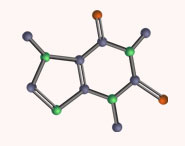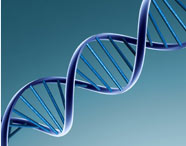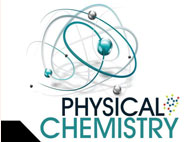


 علم الكيمياء
علم الكيمياء 
 الكيمياء التحليلية
الكيمياء التحليلية 
 الكيمياء الحياتية
الكيمياء الحياتية 
 الكيمياء العضوية
الكيمياء العضوية 
 الكيمياء الفيزيائية
الكيمياء الفيزيائية
 الكيمياء اللاعضوية
الكيمياء اللاعضوية 
 مواضيع اخرى في الكيمياء
مواضيع اخرى في الكيمياء
 الكيمياء الصناعية
الكيمياء الصناعية |
Read More
Date: 11-9-2020
Date: 16-5-2017
Date: 4-1-2017
|
Acid (acyl) chlorides can be converted to aldehydes using lithium tri-tert-butoxyaluminium hydride (LiAlH(Ot-Bu)3). The hydride source (LiAlH(Ot-Bu)3) is a weaker reducing agent than lithium aluminum hydride. Because acid chlorides are highly activated they still react with the hydride source; however, the formed aldehyde will react slowly, which allows for its isolation.
General reaction:


Acid chlorides can be converted to aldehydes using lithium tri-tert-butoxyaluminium hydride (LiAlH(Ot-Bu)3). The hydride source (LiAlH(Ot-Bu)3) is a weaker reducing agent than lithium aluminum hydride. Because acid chlorides are highly activated they still react with the hydride source; however, the formed aldehyde will react slowly, which allows for its isolation.
General Reaction:


Esters can be converted to aldehydes using diisobutylaluminium hydride (DIBAH). The reaction is usually carried out at -78 oC to prevent reaction with the aldehyde product.


Esters can be converted to 1o alcohols using LiAlH4, while sodium borohydride (NaBH4
) is not a strong enough reducing agent to perform this reaction.


1) Nucleophilic attack by the hydride

2) Leaving group removal

3) Nucleophilic attack by the hydride anion

4) The alkoxide is protonated






|
|
|
|
مقاومة الأنسولين.. أعراض خفية ومضاعفات خطيرة
|
|
|
|
|
|
|
أمل جديد في علاج ألزهايمر.. اكتشاف إنزيم جديد يساهم في التدهور المعرفي ؟
|
|
|
|
|
|
|
العتبة العباسية المقدسة تنظّم دورةً حول آليّات الذكاء الاصطناعي لملاكاتها
|
|
|